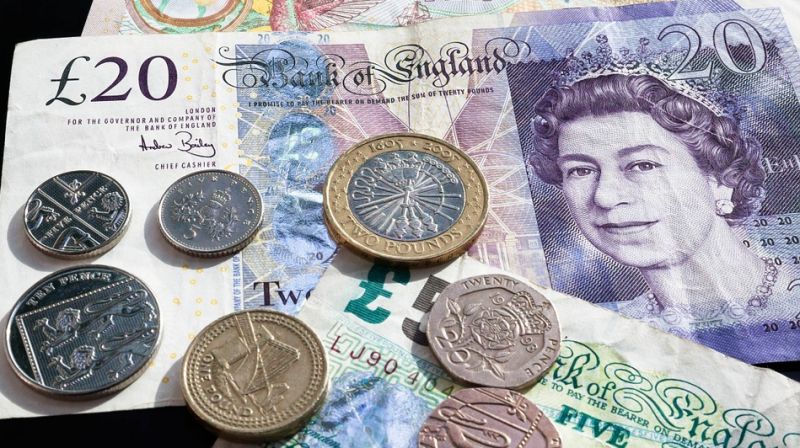The British pound sterling, on Friday, May 18, dipped versus the dollar and fell against the euro on Friday as worries about whether Britain would stay in the European Union’s customs union after Brexit weighed on the currency.
Sterling dropped 0.1 percent to $1.3496, not far from the $1.3452 2018 low it hit earlier this week. Against the euro the pound fell 0.2 percent to 87.475 pence per euro. Sterling has slumped in recent weeks, particularly against a dollar enjoying a broad and rapid recovery.
Sterling dropped 0.1 percent to $1.3496, not far from the $1.3452 2018 low it hit earlier this week. Against the euro the pound fell 0.2 percent to 87.475 pence per euro.
Sterling has slumped in recent weeks, particularly against a dollar enjoying a broad and rapid recovery.
Prime Minister Theresa May said on Thursday Britain would leave the EU customs union after Brexit but a source said London was considering a backstop plan that would apply the bloc’s external tariffs beyond December 2020.
A media report earlier in the day had reported that Britain would tell Brussels it was prepared to stay in the European Union’s customs union beyond a Brexit transitional arrangement.
As markets digested the reports, the pound initially rose before falling back. On Friday it fell further.
“Markets are still uncertain about where we are going to be on the other side of the transition deal,” said Adam Cole, chief currencies strategist at RBC.
“It is not going to immediately attach a 100 percent certainty of us remaining in the customs union,” he said, adding that the market wanted to see evidence Britain would permanently remain inside the customs union, and not just temporarily while other issues were resolved.
While risks around the sort of relationship Britain can agree with the EU for after their divorce has influenced the pound this week, the biggest reasons for sterling’s fall has been a drastic shift in market expectations for interest rate rises from the Bank of England because of economic weakness.
Markets are now not even pricing in a full 25 basis point hike by the end of 2018, against previous expectations of two 25 basis point rises this year.













